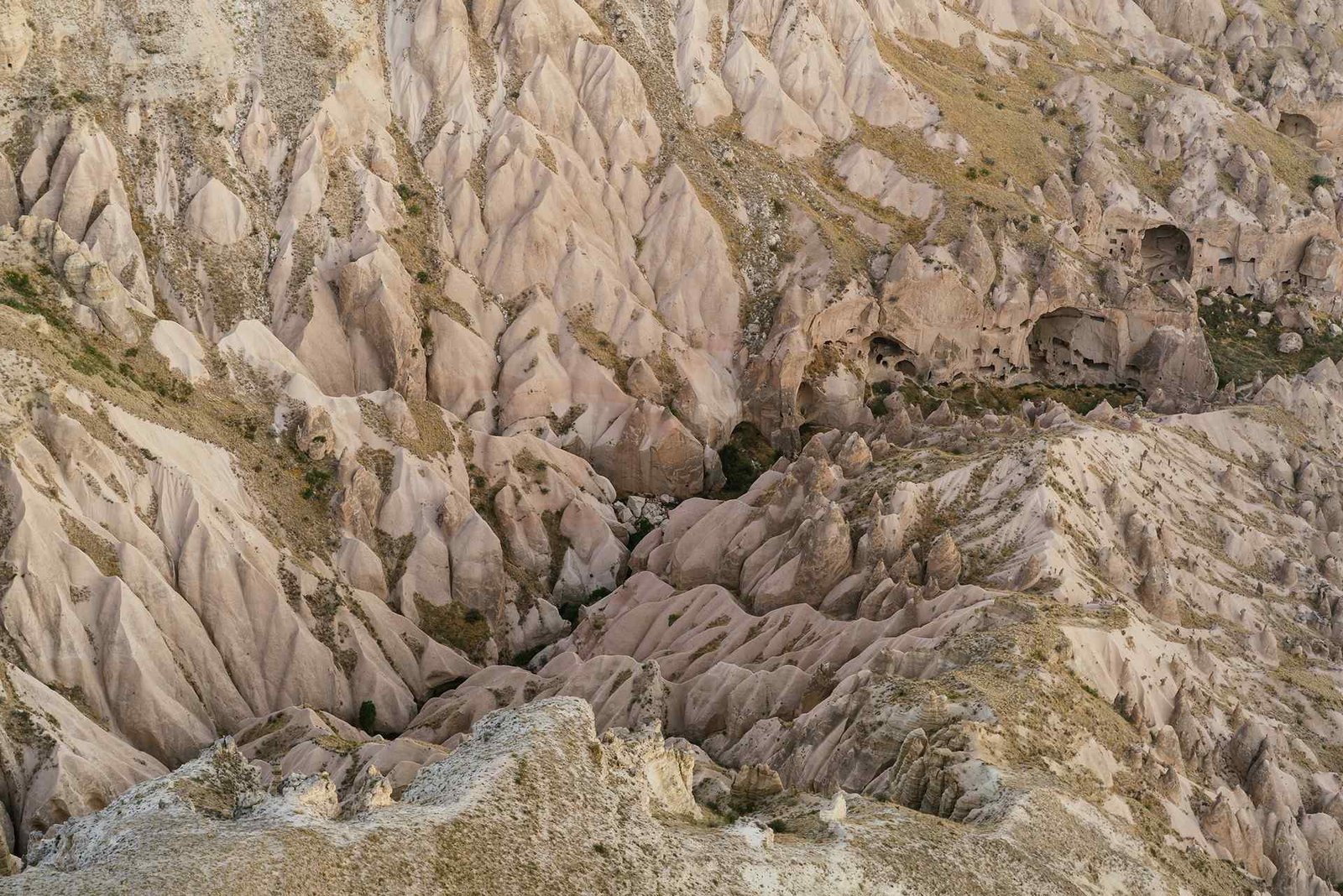Cappadocia’s unique landscape is a result of millions of years of geological activity. The fairy chimneys, tall cone-shaped rock formations that dominate the region, were formed through a combination of volcanic eruptions and erosion by wind and rain. If you’re interested in learning more about the fascinating geology of Cappadocia and how it shaped the region’s history and culture, visiting museums and exhibits is a great way to do so. Here are some of the best options:
- Goreme Open-Air Museum
The Goreme Open-Air Museum is one of the most popular tourist attractions in Cappadocia. It’s an outdoor museum that features a collection of rock-cut churches, chapels, and monasteries, many of which date back to the 10th century. The museum’s exhibits showcase the region’s rich history and culture, including its unique religious art and architecture.
- Zelve Open-Air Museum
The Zelve Open-Air Museum is another popular museum that offers a glimpse into Cappadocia’s past. It’s located in a valley near the town of Avanos and features a network of cave dwellings and rock-cut churches that date back to the Byzantine era. The museum’s exhibits focus on the daily lives of the people who lived in the valley, including their homes, churches, and communal spaces.
- Kaymakli Underground City
Kaymakli is one of the largest and most well-preserved underground cities in Cappadocia. It was carved out of the soft tuff rock by early Christians in order to escape persecution. Visitors to the underground city can explore a maze of tunnels and chambers that were used for living quarters, storage, and defense.
- Nevsehir Museum
The Nevsehir Museum is located in the city of Nevsehir and features exhibits on the history and culture of the Cappadocia region. The museum’s geology section includes displays on the region’s unique rock formations and how they were formed. There are also exhibits on the region’s ancient civilizations and the impact of Christianity on the area.
- Cappadocia Art and History Museum
The Cappadocia Art and History Museum is located in the town of Urgup and features exhibits on the region’s art, history, and culture. The museum’s geology section includes displays on the formation of the fairy chimneys and the volcanic activity that shaped the landscape. The museum also has exhibits on the region’s traditional handicrafts and folk art.
Visiting these museums and exhibits is a great way to deepen your understanding of Cappadocia’s unique geology and cultural heritage. Whether you’re interested in religious art, ancient civilizations, or the natural world, there’s something for everyone to learn and discover in Cappadocia’s museums and exhibits.




